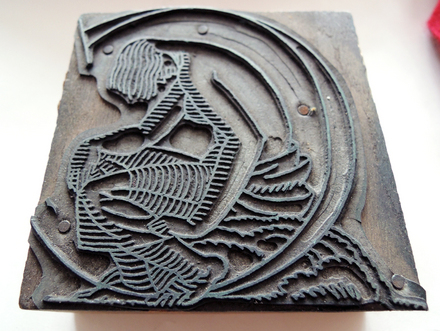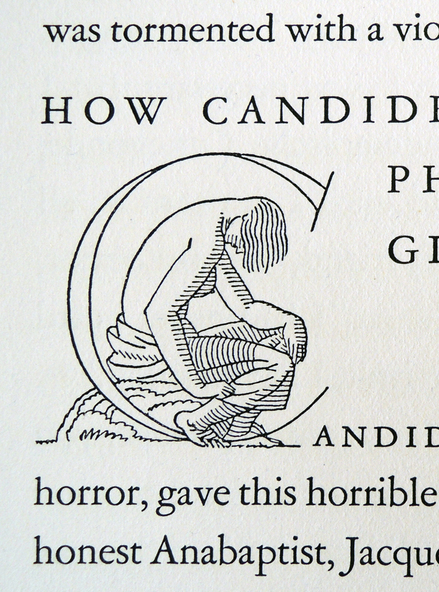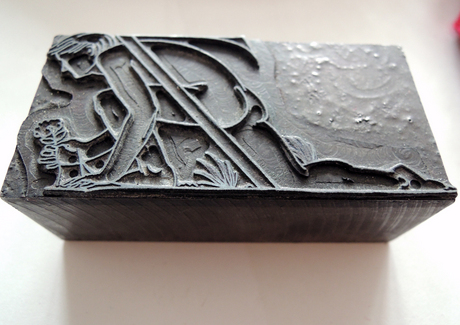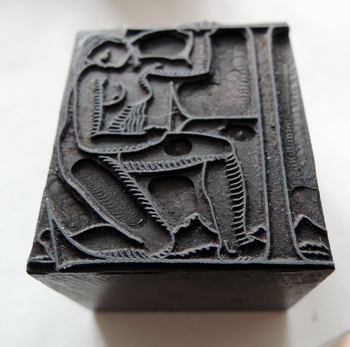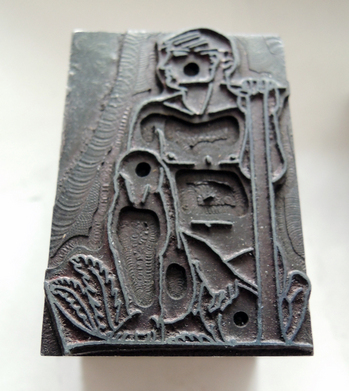In the spring of 1927, twenty-nine year-old Bennett Cerf (1898-1971) and his twenty-five year-old friend Donald Klopfer (1902-1986) established a fine press imprint called Random House, with Candide as their first book, printed by Elmer Adler’s Pynson Printers in The New York Times Annex. The edition included 1,470 black and white copies priced at fifteen dollars each and ninety-five hand-colored copies priced at seventy five dollars. The book was hand set in type designed by Adler’s partner Lucian Bernhard (1883-1972) and paragraph designs and illustrations by their friend Rockwell Kent (1882-1971), both cast by the Bauersche Giesserei, Frankfort.
By February, Robinson was losing interest in the project. “I have had to learn to draw exactly like Mr. Kent and what’s more, to copy his handwriting, as I sign most of his work. I don’t approve of this; it makes the whole thing like a small factory, especially the work on the book Candide. There is to be a special edition, hand-colored, and I must do all of this; one hundred copies, each with one hundred drawings. That makes a thousand for me to do, and I work all day and late into the night under a strong blue light.”
One month later, Robinson was fed-up. “This house is like a three-ring circus … I don’t believe that an artists’ work should be like a factory. Mr. Kent has a system for everything … At the moment, he is planning to move to a large farm in the Adirondacks, and the book must be finished before April.” Suddenly, Kent announced that he did not want to wait for summer and so, his studio, his assistants, and his family moved to the country.(4)
Robinson still had nearly 300 watercolors to finish and when they arrived, “I simply jumped from a horse to work again on Candide. I am living in a small cabin away from the big house, and it is freezing cold. Mr. Kent likes to freeze—but not I.” May 10, 1928, Robinson wrote that Candide was finally finished and she had made enough money to resign.
Carl Zigrosser, A World of Art and Museum (Philadelphia: Art Alliance Press, 1975): 134.
Ione Robinson, A Wall to Paint On (New York: E.P. Dutton and Company, 1946): 29.
Contrary to Kent’s description of the place as a simple farm, Country Life published a four-page article detailing the construction and decoration of Kent’s elaborate new home including farm buildings, servant’s quarters, landscaped grounds, and swimming pool. Rebecca Hourwich, “An Artist Builds a House,” Country Life (July 1929): 35-38.
